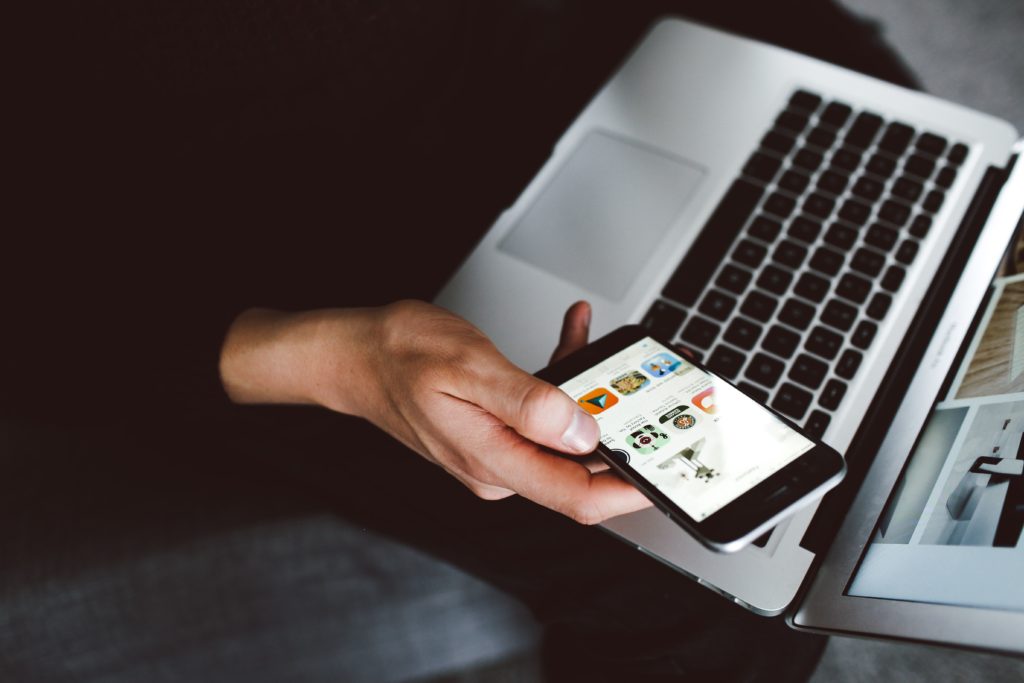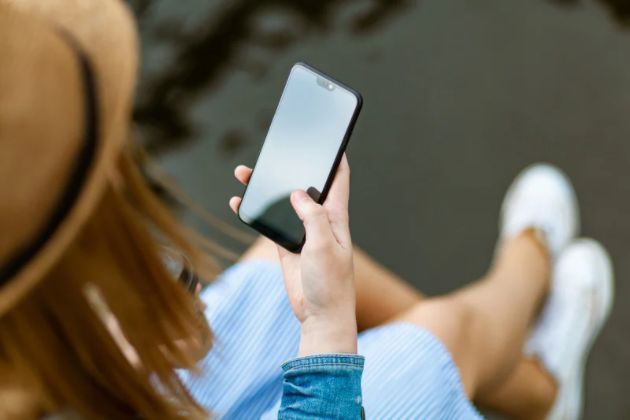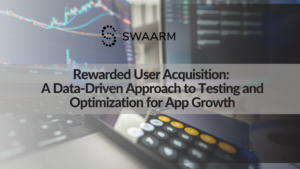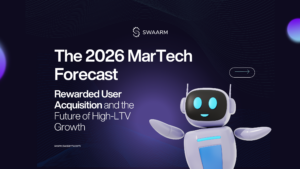Marketing automation for mobile apps: How to use marketing automation tools to increase app engagement?
Learning how to increase engagement is a critical metric that will develop customer loyalty and prolong Lifetime Value (LTV). Sensor Tower’s State of App Engagement 2021 shows that the top 500 apps averaged a record 91.7 million monthly active users in Q2 2021 – marking an increase of 8.4% year-over-year. If you are looking for ways to increase app engagement using marketing automation for mobile apps, this guide is designed to help you get the most out of this technology in 2021.
What is marketing automation for mobile apps?
Marketing automation for mobile apps is the use of software that automates tasks included in a mobile marketer’s workflow. This can be any work that contributes to key marketing goals such as retention, installs and engagement. In order to be automated, marketers can set parameters and rules so that automation technology knows how to perform each task. Examples of marketing automation for mobile apps include posting social media posts, serving mobile ads, and personalizing the user experience.

What is mobile app engagement?
Mobile app engagement is the engagement of mobile users using in-app and external channels. Marketers use mobile engagement to create a satisfying user experience and achieve their business goals. This leads to long-term relationships between a brand and its users, which also drives revenue and Return on Ad Spend (ROAS).
Although engagement metrics can be different depending on the nature of your app, likes, comments and shares are common examples of users engaging with a mobile app. Different app verticals should also have different expectations of user behavior.
A marketer’s user engagement strategy begins as soon as the user downloads their app. It is important to show the value of your app immediately, preventing users from churning before you have been able to develop a long-term relationship.
Another important metric you should measure when trying to increase engagement is LTV. This is the average revenue that your users are spending before they churn for good. You can measure LTV by multiplying the total revenue by the average user lifespan. With this in mind, let’s look at how you can use marketing automation to increase engagement and LTV.
How has the COVID-19 pandemic affected app engagement?
While the top 500 apps averaged a record 91.7 million monthly active users in Q2 2021, overall app engagement has been affected by the COVID-19 pandemic. Since the global outbreak in March 2020, engagement with mobile apps has skyrocketed. However, Statistica found that “the share of users who opened the app after 30 days from the first install decreased.”
Marketing automation for mobile apps: How to use marketing automation tools to increase app engagement
1. Personalization
There are several benefits to personalizing the user experience. Harvard Business Review has found that personalization reduces acquisition costs by as much as 50%, increases revenue by up to 15%, and increases marketing spend efficiency by up to 30%. Moreover, personalization is one of the most effective ways to increase engagement, and this can be achieved at a humanly impossible scale thanks to marketing automation for mobile apps.
Personalization is the process of tailoring communication and other content for a specific audience or individual. This ranges from more sophisticated processes, such as in-app recommendations based on a user’s preferences, to small changes such as including a user’s first name in emails.
When using automation to personalize the user experience, testing the results of these changes is critical. Although users now expect a personalized experience with using mobile apps, they don’t want to feel followed. It is important to strike a balance where users get the advantages of automatic personalization while also being comfortable with how user data is being leveraged.
2. Push notifications
These are alerts that can be sent to a user and appear on their lock screen. Push notifications can be sent automatically based on certain criteria. For example, an education app may want to send a notification to alert the user that they have not used the app for a certain number of days. The text included in the notification can also be tailored according to their personal learning goals.
According to MailChimp, the average click rate for push notifications is 2.25%. The opening rate can vary depending on the app vertical. Retail (2.97%), utilities (2.72%), and BFSI (2.55%) saw the highest open rates, while food (1.36%) media (1.31%) scored lower.
3. Automated reports and user segmentation
Marketing automation for mobile apps can also be used to create regular reports that enable marketers to keep a close eye on the metrics that matter most. When done right, this can be a great way to identify new ways to engage users. You can also segment audiences and perform A/B tests that enable you to find the best way to tailor your creative and optimize engagement.
4. Content creation and automated distribution
The content you share across several channels will define the type of relationship you develop with your users. You can use marketing automation for mobile apps to ensure that content is created and distributed that will deliver your desired results. For example, social media giant Facebook automatically reminds users of their previous timeline highlights and includes collections of moments shared with friends. This creates a personalized experience that drives engagement by serving shareable content.
Conclusion
Marketing automation for mobile apps is software that is designed to help marketers achieve their goals. This includes the completion of tasks at humanly impossible speed, precision, and scale. Marketing automation can be used to optimize several marketing metrics, including app engagement.
Mobile app engagement is the engagement of mobile users using in-app and external channels. Examples of marketing automation for mobile apps that can help with engagement are push notifications, scaleable personalization, reportage, user segmentation, and content distribution.
If you found this guide useful, you may also be interested in learning how to find the best mobile marketing automation platform. We also have a resource that covers who can benefit from mobile marketing automation.





